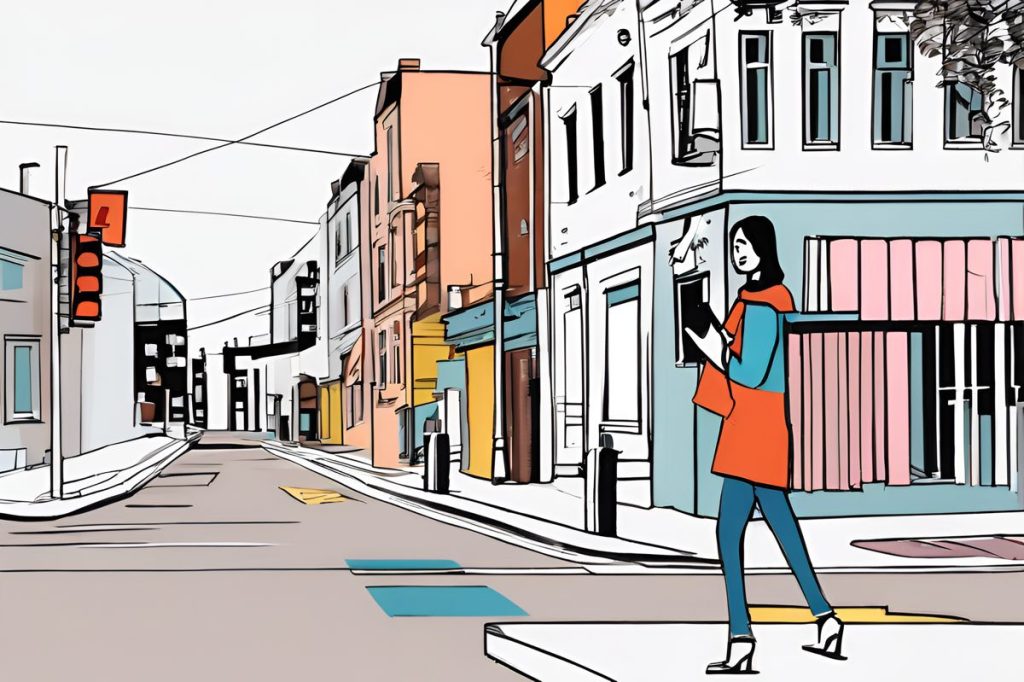Cyprus’ street names are more than just labels—they are living memories of the nation’s history and struggle for freedom. Stella Theocharous’s research on Nicosia’s streets unveils the intricate link between street names and the island’s political expression, highlighting a narrative of resistance and hope.
What is the significance of Cyprus’ street names?
Street names in Cyprus are a reflection of the nation’s history, culture, and identity. They serve as living memories, commemorating political figures, ideologues, and martyrs, symbolizing the island’s struggle for freedom. Stella Theocharous’s research into Nicosia’s street names reveals this intricate link, underscoring the use of street naming as a political expression and a testament to the nation’s narrative of resistance and hope.
The Significance of Street Names
In the tapestry of urban landscapes, street names are more than mere labels for navigation—they are silent witnesses to history, culture, and the very identity of a place. Unlike the utilitarian or nature-inspired street names found in the UK and the US, Cyprus presents a unique narrative through its street nomenclature. Every corner and crossroad on this Mediterranean island unfolds a story, reflecting the nation’s turbulent past and the resilience of its people.
Stella Theocharous, an esteemed academic and author of a seminal text on the street names of Nicosia, has dedicated her life to studying this phenomenon. At 52, her fascination with the way Cypriot streets reveal the island’s political, economic, and cultural roots remains undiminished. “Our streets,” Stella remarks, “are more than just pathways. They are a living memory, an eternal flame keeping our history alive.”
Living Memories Carved into Pavement
The streets of Cyprus serve as a constant reminder of the island’s enduring struggle for identity. Stella’s research delves into the relationship between the street names and the collective memory of the people. It’s no coincidence that every Cypriot city boasts a Makarios and a Grivas Digenis Avenue—names that hark back to significant political figures and ideologues whose legacies intertwine with the nation’s ongoing quest for freedom.
Stella’s journey took her from the dusty archives of the Nicosia Municipality to the National Library of Scotland, piecing together a puzzle that spans over a century. Through her rigorous examination of documents, maps, and minutes of long-ago meetings, she unearthed the evolution of street names and the messages they conveyed. This scholarly pursuit unveiled how street renaming wasn’t merely a bureaucratic process but a powerful tool of political expression.
A Nation’s Narrative Encoded in Street Signs
The chronicles of Cyprus’ streets are etched in the island’s very essence, standing as a testament to the indelible mark of history on the present. The transformation of street names, as Stella’s work reveals, is tied to the shifting sands of identity and ideology. When Cyprus’ municipal councils renamed streets once dedicated to British royalty with the names of EOKA martyrs, the act resonated with profound significance—it was a declaration of the values and the sacrifices of a nation embarking on a new chapter.
The island’s complex history is poignantly encapsulated by Ledra Street, a bustling artery in Nicosia that binds together centuries of Cypriot life. Once a simple confluence of three separate streets, it became infamous as ‘Murder Mile’ during times of conflict and now stands as a potent symbol of division—its continuity halted abruptly, demanding a passport to proceed.
The Streets Speak: A Legacy of Resistance and Hope
Stella Theocharous’s exploration culminated in her book, “Street Naming and the Politics of Greek-Cypriot Identity: The Case of Nicosia (Lefkosia) 1878-1975,” a compelling chronicle that traces the ebb and flow of Cyprus’ identity through its street names. The ongoing practice of naming streets as a reflection of the island’s struggles and triumphs persists, as Stella points out, with each new name a chapter in the ongoing story of Cyprus’ fight for freedom.
As residents and visitors alike traverse the storied streets of Cyprus, Stella’s insights invite a deeper understanding of the landscape. The streets do not merely lead to destinations; they beckon one to remember and honor the lineage of courage and aspiration that defines the spirit of Cyprus.
Why are Cyprus’ street names significant?
Street names in Cyprus are more than just labels for navigation—they are living memories that reflect the nation’s history, culture, and identity. They serve as a testament to the island’s struggle for freedom and act as a political expression, highlighting a narrative of resistance and hope.
What is the connection between street names and Cyprus’ history?
Cyprus’ street names are intricately linked to the island’s history, serving as a reflection of the nation’s turbulent past and the resilience of its people. Each street name commemorates political figures, ideologues, and martyrs, symbolizing the ongoing struggle for freedom and identity.
How does Stella Theocharous’s research shed light on Cyprus’ street names?
Stella Theocharous’s research on Nicosia’s streets unveils the intricate relationship between street names and the island’s political expression. Her work delves into the evolution of street names, highlighting how they serve as a powerful tool of political expression and a living memory of Cyprus’ history.
What is the significance of street naming as a reflection of Cypriot identity?
The practice of naming streets in Cyprus is a reflection of the island’s values, struggles, and triumphs. By renaming streets to commemorate significant figures and events, Cyprus reinforces its identity and sends a powerful message about its ongoing quest for freedom and independence.

